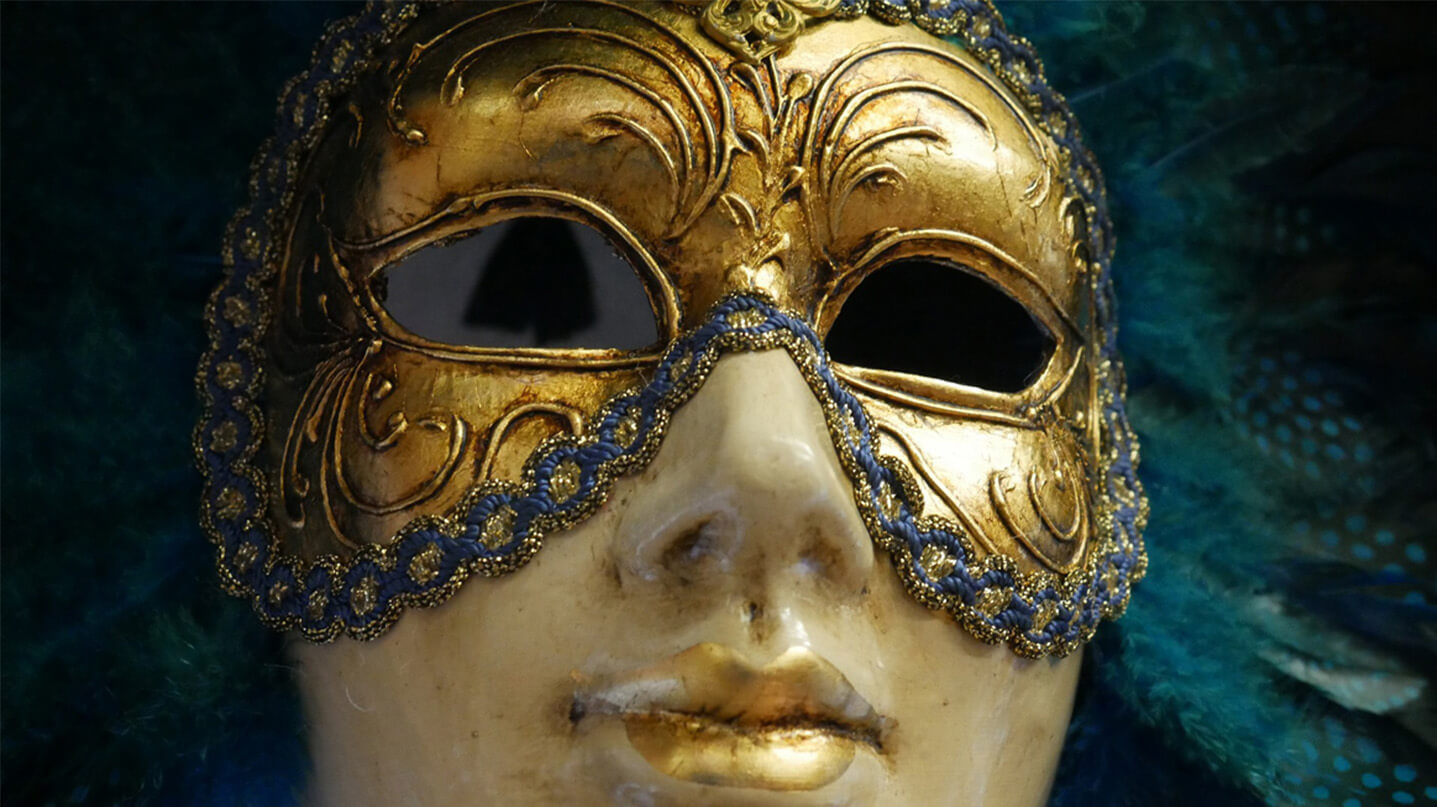News & Events
From hooligans to heroes: the history of the Lord Chamberlain’s Men

Today’s theatre actors are celebrated; tickets can go for hundreds of pounds and must be booked months in advance. But though today’s thespians attract crowds of autograph-seeking fans to the stage door, actors were not always so idolised.
Before the construction of London’s purpose-built theatre, The Theatre, in 1576, actors were viewed as vagabonds, not to be trusted, and plays were heavily censored.
Fear of plague and the crowds that allowed it to spread meant acting troupes were driven outside the City of London’s walls and into to the grim suburbs of Shoreditch. But, this banishment sparked the construction of The Theatre and with it came a new respect for the acting profession and the individual actors who trod its boards. Once shunned, actors soon became the superstars of their day and many became wealthy men.
Elizabethan thespians formed troupes and the most popular groups drew huge audiences. The Lord Chamberlain's Men was one such a company: it was this group with whom Shakespeare performed and for whom he wrote for nearly a third of his career.
Formed in 1594, the group had humble beginnings but grew in popularity and in standing to become London’s most illustrious acting troupe. Richard Burbage, considered to be the first great actor of English theatre, was The Lord Chamberlain's Men’s star performer. Burbage was a huge box-office draw and it was he who performed many of Shakespeare’s leading roles including Hamlet, Othello, King Lear, and Macbeth, whilst Shakespeare himself came in second fiddle.
The company took its name from its patron, Henry Carey, the first Baron Hunsdon and Lord Chamberlain in charge of court entertainments. The group comprised of eight ‘sharers’ who split the debt and profits. The men filling these roles changed over time but are famously known to have included the comic actor William Kempe, the well-loved Richard Burbage, and esteemed playwright William Shakespeare.
Initially taking residence at The Theatre, The Lord Chamberlain's Men moved to the nearby Curtain Theatre in 1597, the site of which was recently excavated by archaeologists at MOLA.
The Lord Chamberlain's Men became supremely successful. They were frequently invited to perform at court and records show that Queen Elizabeth preferred them above all other companies. Indeed, in 1603, Queen Elizabeth’s successor, James I, granted the company royal patronage, whereupon they became The King’s Men.
Shakespeare’s troupe of actors rose to success just as the entertainment business was established. Adored by all, The Lord Chamberlain’s Men benefitted from both talent and circumstance, establishing the company at exactly the moment that those in the acting profession were beginning to be seen as respectable rather than as hooligans. It is this reason that the Curtain Theatre is of such importance and its excavation so valuable: not only has the site revealed much about the Elizabethan era but we have also uncovered truths about the beginning of a phenomenon that is very much alive today: showbusiness.